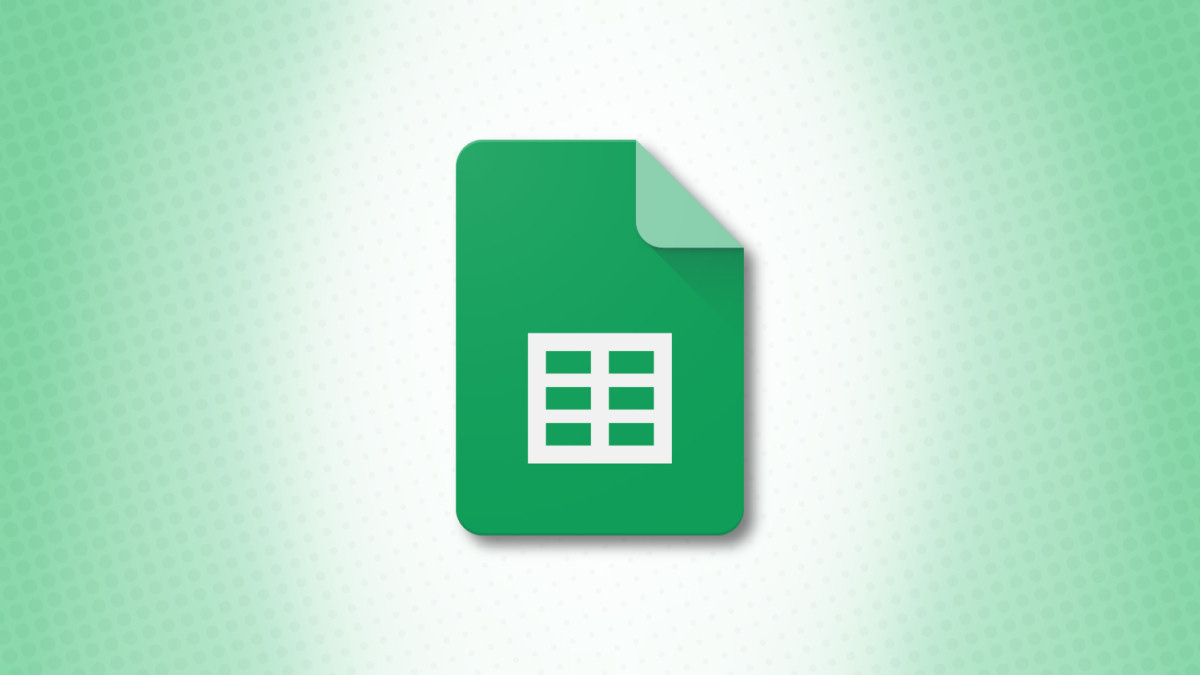Data comes in many forms. Fortunately for you, Google Sheets can import external data in a variety of formats. This saves you the hassle of typing the data manually or trying to copy and paste it.
Google Sheets supports more than 10 file types for imports. Importing a Microsoft Excel file is simple because the application closely matches Google Sheets. But you might have a plain text, comma-separated, or tab-separated file that requires some extra formatting.
Supported File Types
Here’s a list of the file types that you can currently import into Google Sheets. We’ve listed them in alphabetical order to make it easier if you’re interested in a particular one.
- CSV
- ODS
- TAB
- TSV
- TXT
- XLS
- XLSM
- XLSX
- XLT
- XLTM
- XLTX
Import a File into Google Sheets
Head to the Google Sheets website, sign in, and open your workbook. Click File > Import from the top menu.
Use the tabs in the pop-up window to locate your file and then click “Select.” You can pick from My Drive in Google Drive, Shared With Me, Recent, or Upload. For our example, we used the Upload feature to import a file from our computer.
Depending on your file type, you’ll have different options display in the next window. Here, we’re importing a CSV file to show all available options. Not every file type offers every option that you see here.
Select the Import Location. You can create a new sheet, insert a new sheet, replace a sheet, replace your current sheet, append your current sheet, or replace the data in selected cells.
If you’re importing a separated file type such as CSV, TSV, or TXT, choose the Separator Type. You can pick Tab, Comma, or Custom, or have Google Sheets automatically detect the separator based on the file.
If you select Custom, enter the separator that you want to use in the box that displays.
The final option is to have text converted to numbers, dates, and formulas. To use this option, simply check the box.
When you finish, click “Import Data.”
And that’s all there is to it! Your data should pop into the location that you selected, and any separated files should appear correctly.
To demonstrate the differences in import options based on file type, here are the settings that you can select for those, including ODS, XLS, and XLSX.
RELATED: The Best Free Microsoft Excel Alternatives
You only select the Import Location. But as you can see, you can only create a new sheet, insert a new sheet, or replace a sheet. The remaining location options are grayed out.
Hopefully, the file type that you want to import is supported in Google Sheets. And remember, you can import data from another Google Sheets spreadsheet as well.













